Home>Home Appliances>Home Automation Appliances>What Is The Difference Between An Alexa And Echo?


Home Automation Appliances
What Is The Difference Between An Alexa And Echo?
Published: December 31, 2023
Discover the distinction between Alexa and Echo for your home automation appliances. Learn how these devices can enhance your smart home experience.
(Many of the links in this article redirect to a specific reviewed product. Your purchase of these products through affiliate links helps to generate commission for Storables.com, at no extra cost. Learn more)
Introduction
Welcome to the world of smart home technology, where devices can respond to your voice commands, play your favorite music, provide weather updates, and even control your home’s lights and thermostat. Two popular devices that have revolutionized the way we interact with our homes are Alexa and Echo. While these names are often used interchangeably, they actually refer to different aspects of the same technology. In this article, we’ll delve into the nuances of Alexa and Echo, exploring their individual functionalities and highlighting the key differences between the two. By the end of this journey, you’ll have a comprehensive understanding of these innovative devices and be better equipped to make informed decisions about integrating them into your home.
Key Takeaways:
- Alexa is the smart brain behind Amazon’s devices, learning and adapting to users’ needs. It controls smart home devices and keeps evolving with new skills from third-party developers.
- The Echo is the physical device that brings Alexa to life, providing high-quality audio and even visual elements in some models. It’s the central hub for controlling smart home devices and keeps getting better with new features.
Understanding Alexa
Alexa is the virtual assistant developed by Amazon, designed to respond to voice commands and perform a wide range of tasks. Think of Alexa as the digital brain behind the operation, capable of executing commands and providing responses to inquiries. When you interact with an Alexa-enabled device, such as the Amazon Echo, you are essentially engaging with Alexa herself.
One of the most remarkable features of Alexa is her ability to adapt and learn. Through machine learning and artificial intelligence, Alexa continuously refines her understanding of human speech patterns and preferences. This enables her to tailor responses and recommendations to individual users, creating a personalized and intuitive user experience.
Moreover, Alexa is not limited to basic tasks like setting timers or playing music. She can also integrate with a wide array of smart home devices, allowing users to control their lights, thermostats, and other appliances through voice commands. This seamless integration with smart home technology has positioned Alexa as a central hub for home automation, offering unparalleled convenience and control.
Furthermore, Alexa’s skills are constantly expanding, thanks to third-party developers who create voice-activated apps, known as “skills,” to enhance Alexa’s capabilities. These skills cover a vast spectrum of functions, ranging from ordering food and requesting rides to accessing news updates and playing interactive games. As a result, Alexa continues to evolve and diversify, catering to an ever-expanding range of user needs and preferences.
Overall, Alexa serves as the intelligent voice assistant at the core of Amazon’s smart home ecosystem, empowering users with hands-free control and a wealth of personalized features. Now that we’ve gained insight into Alexa’s capabilities, let’s turn our attention to the Echo devices that serve as her physical embodiments.
Understanding Echo
At the heart of the Alexa experience lies the Echo, a line of smart speakers developed by Amazon. These sleek, cylindrical devices serve as the physical manifestation of Alexa, providing a platform for users to interact with the virtual assistant. Equipped with an array of microphones and advanced audio processing capabilities, the Echo is designed to accurately capture voice commands from across the room, even in noisy environments.
One of the defining features of the Echo is its high-quality audio output. Whether you’re streaming music, listening to audiobooks, or tuning into your favorite podcast, the Echo delivers immersive sound with crisp clarity, enhancing the overall entertainment experience. Additionally, some Echo models offer enhanced audio features, such as Dolby processing and 360-degree sound, further elevating the auditory experience.
Beyond audio playback, the Echo serves as a versatile hub for smart home control. With built-in connectivity to various smart home devices, including lights, thermostats, door locks, and security cameras, the Echo empowers users to manage their home environment through simple voice commands. This seamless integration with smart home technology underscores the Echo’s role as a central component of a connected home ecosystem.
Moreover, Amazon has expanded the Echo lineup to include devices with integrated displays, such as the Echo Show and Echo Spot. These additions bring visual elements to the Alexa experience, allowing users to access information at a glance, make video calls, and even monitor compatible smart home cameras directly from the Echo device. The inclusion of visual feedback enriches the interaction with Alexa, offering a multi-modal experience that combines voice and visuals.
Furthermore, Amazon continues to innovate with the Echo, introducing new features and capabilities to enhance the user experience. From improved microphone arrays for better voice recognition to enhanced privacy controls and security measures, the Echo ecosystem remains at the forefront of smart home technology, continually evolving to meet the needs of users.
Now that we’ve explored the capabilities and versatility of the Echo, it’s time to delve into the key differences that set Alexa and Echo apart, shedding light on their respective roles within the realm of smart home technology.
The main difference between an Alexa and an Echo is that Alexa is the virtual assistant that operates within the Echo device. The Echo is the physical device that contains the speakers and microphones for interacting with Alexa.
Key Differences
While Alexa and Echo are closely intertwined, it’s crucial to understand the distinctions between these two components of the Amazon smart home ecosystem. By delineating their unique roles and functionalities, we can gain a clearer perspective on how they complement each other and contribute to the seamless integration of smart home technology.
- Core Functionality: Alexa serves as the virtual assistant, harnessing artificial intelligence to understand and respond to voice commands, while the Echo represents the physical hardware, comprising a range of smart speakers and display-equipped devices that provide the interface for interacting with Alexa.
- Audio Output and Input: The Echo is designed to deliver high-quality audio output, providing immersive sound for music playback and audio content, while also featuring advanced microphone arrays to accurately capture voice commands from a distance, even in noisy environments.
- Visual Integration: Certain Echo models, such as the Echo Show and Echo Spot, incorporate visual elements, including displays for accessing information, making video calls, and monitoring smart home cameras, thereby offering a multi-modal interaction experience that combines voice and visuals.
- Smart Home Control: Both Alexa and Echo are pivotal in enabling seamless integration with a wide array of smart home devices, allowing users to control their home environment through voice commands and the Alexa app, with the Echo serving as the central hub for managing these interconnected devices.
- Evolution and Innovation: Amazon continually enhances the Echo lineup with new features and capabilities, such as improved microphone arrays, enhanced privacy controls, and security measures, ensuring that the Echo remains at the forefront of smart home technology, while Alexa’s skills are continuously expanded through third-party developers, diversifying her range of functions and applications.
By understanding these key differences, users can make informed decisions regarding the integration of Alexa and Echo into their smart home setups, leveraging the unique strengths of each component to create a tailored and seamless smart home experience.
Conclusion
As we conclude our exploration of Alexa and Echo, it becomes evident that these two components form a symbiotic relationship at the core of Amazon’s smart home ecosystem. Alexa, the virtual assistant, represents the intelligence and adaptability that powers voice interactions and smart home control, while the Echo serves as the physical conduit, delivering high-quality audio output and, in some models, integrating visual elements to enrich the user experience.
By understanding the distinct roles and functionalities of Alexa and Echo, users can harness the full potential of these technologies to streamline daily tasks, access information effortlessly, and create a connected and responsive home environment. Whether it’s controlling smart home devices, enjoying immersive audio experiences, or exploring the expanding universe of Alexa skills, the synergy between Alexa and Echo offers unparalleled convenience and versatility.
Furthermore, the continuous evolution and innovation within the Echo lineup, coupled with the expanding capabilities of Alexa’s skills, ensure that users are poised to benefit from ongoing enhancements and new features, further enriching their smart home experiences over time.
In essence, Alexa and Echo represent the convergence of cutting-edge technology and intuitive design, empowering users to interact with their homes in unprecedented ways. As smart home technology continues to advance, the dynamic interplay between Alexa and Echo will undoubtedly play a pivotal role in shaping the future of connected living, offering a glimpse into a world where seamless integration and effortless control redefine the concept of home automation.
With a deeper understanding of Alexa and Echo, users are primed to embark on a journey of discovery, unlocking the boundless possibilities that await within the realm of smart home technology. As we bid adieu to this exploration, let’s embrace the potential of Alexa and Echo, embracing the transformative power of voice-enabled interaction and intelligent home control.
Frequently Asked Questions about What Is The Difference Between An Alexa And Echo?
Was this page helpful?
At Storables.com, we guarantee accurate and reliable information. Our content, validated by Expert Board Contributors, is crafted following stringent Editorial Policies. We're committed to providing you with well-researched, expert-backed insights for all your informational needs.
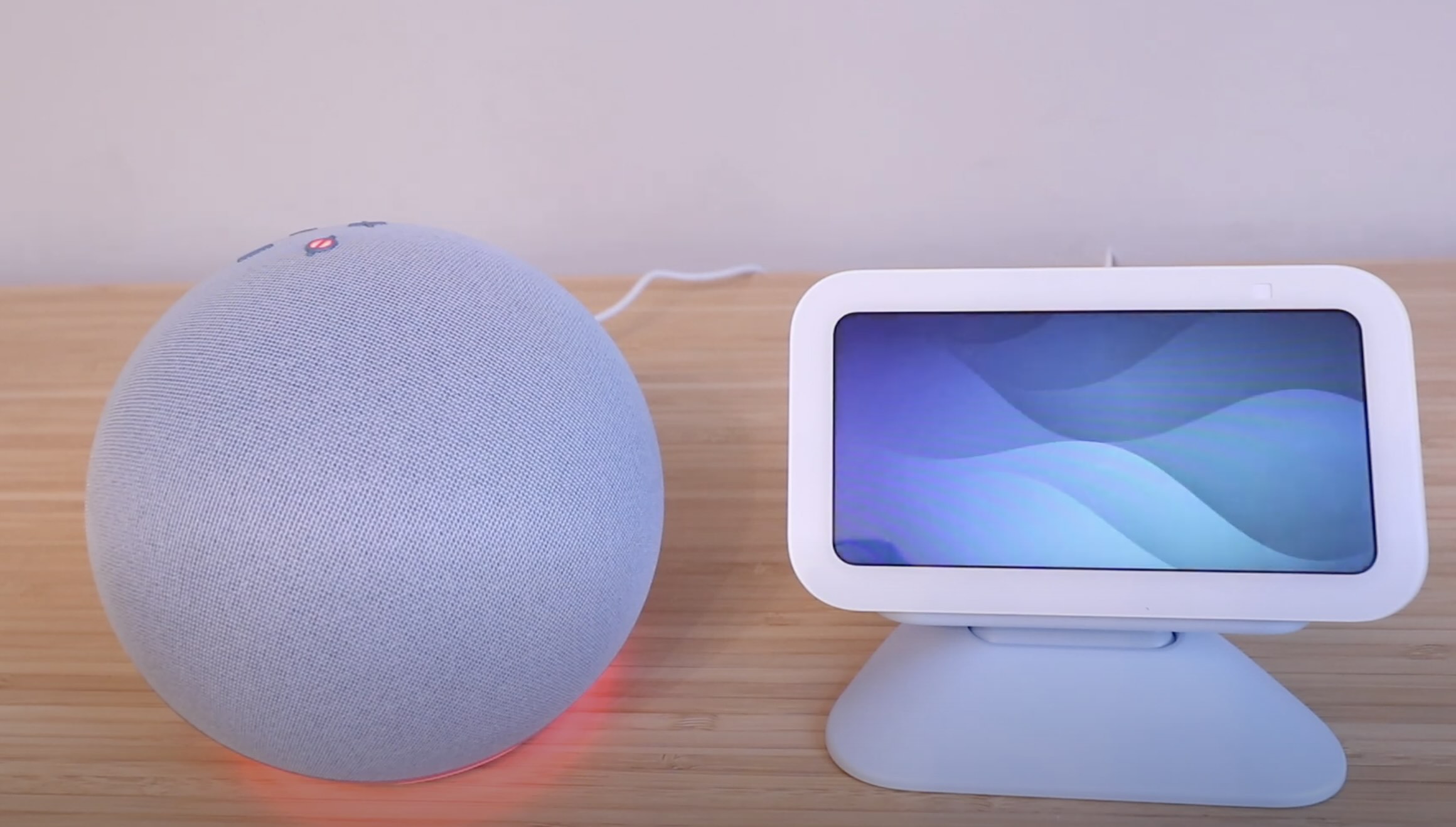
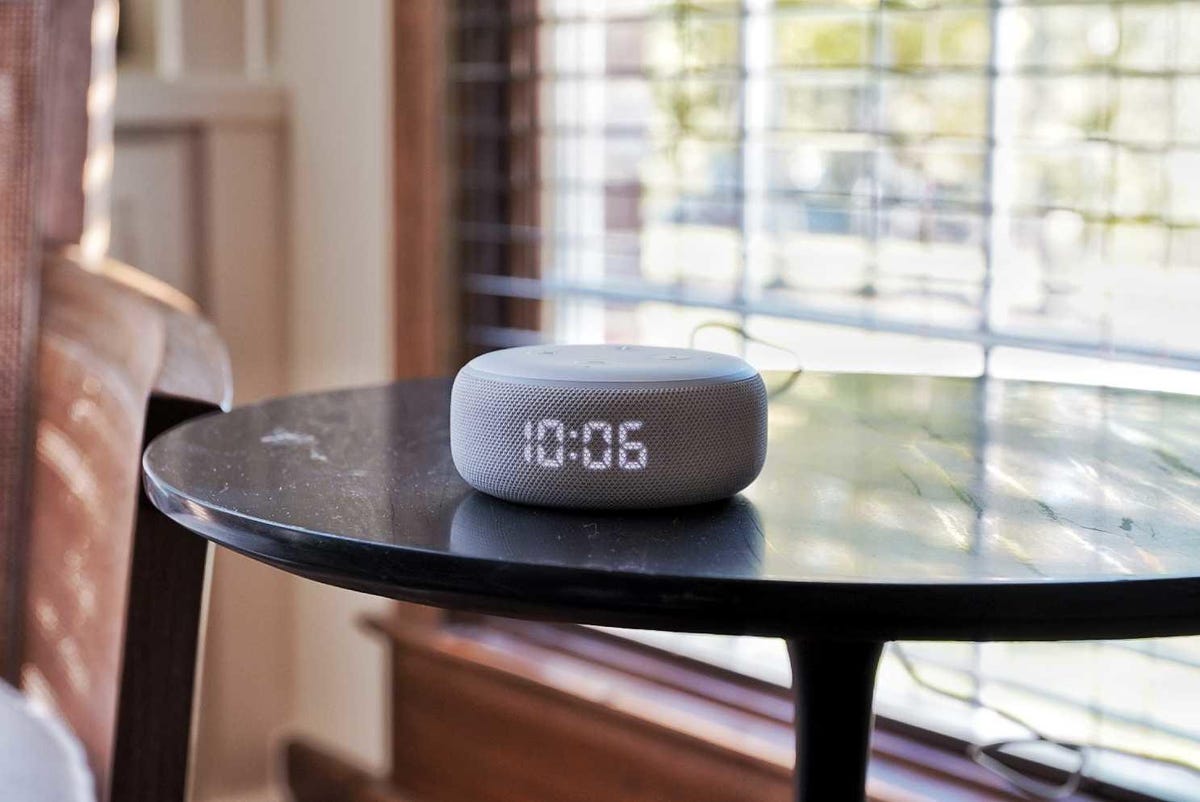
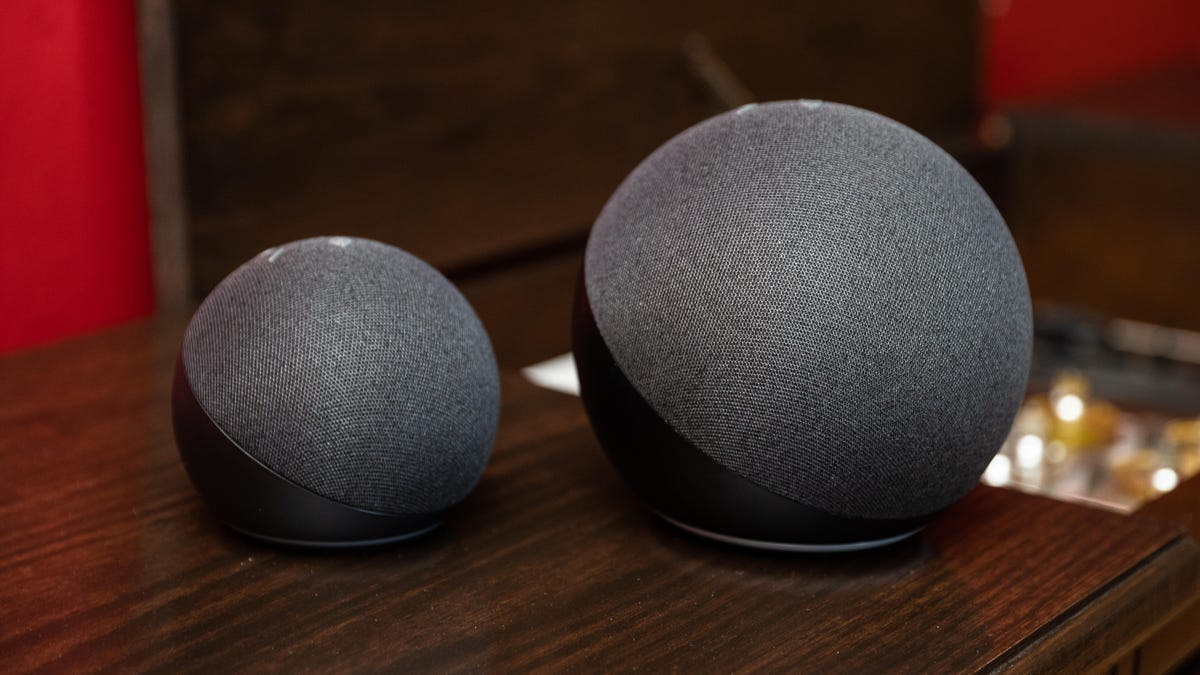
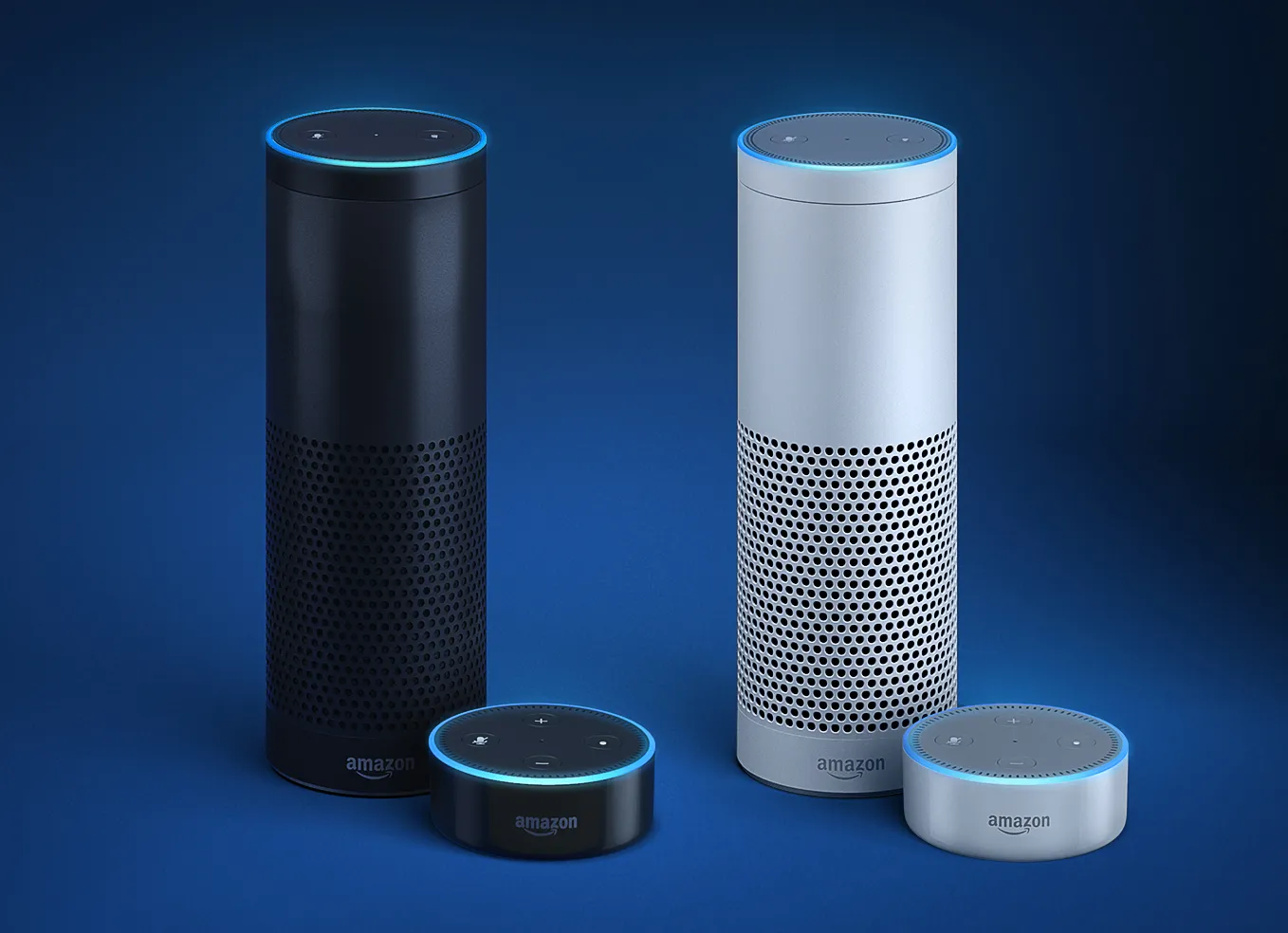
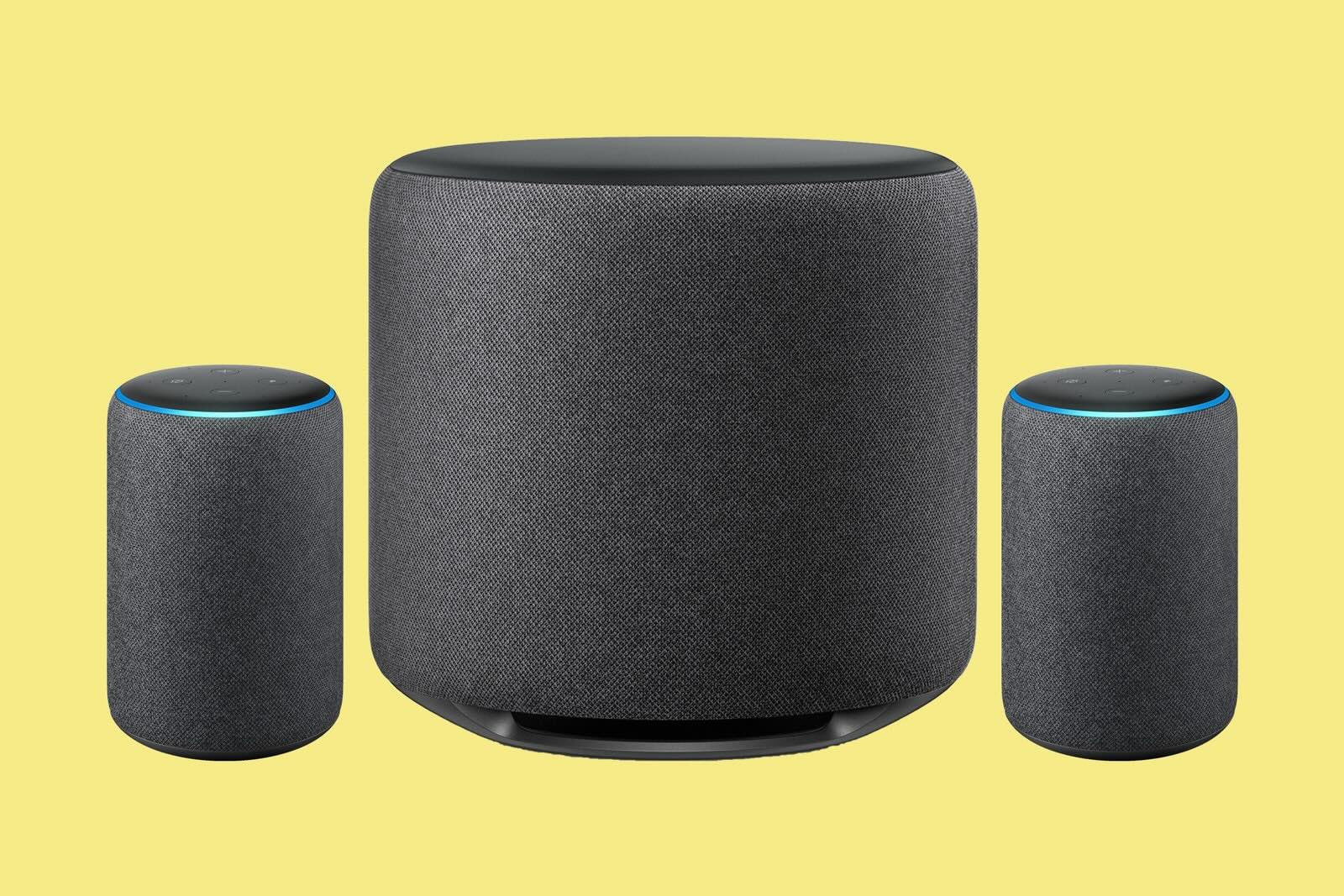




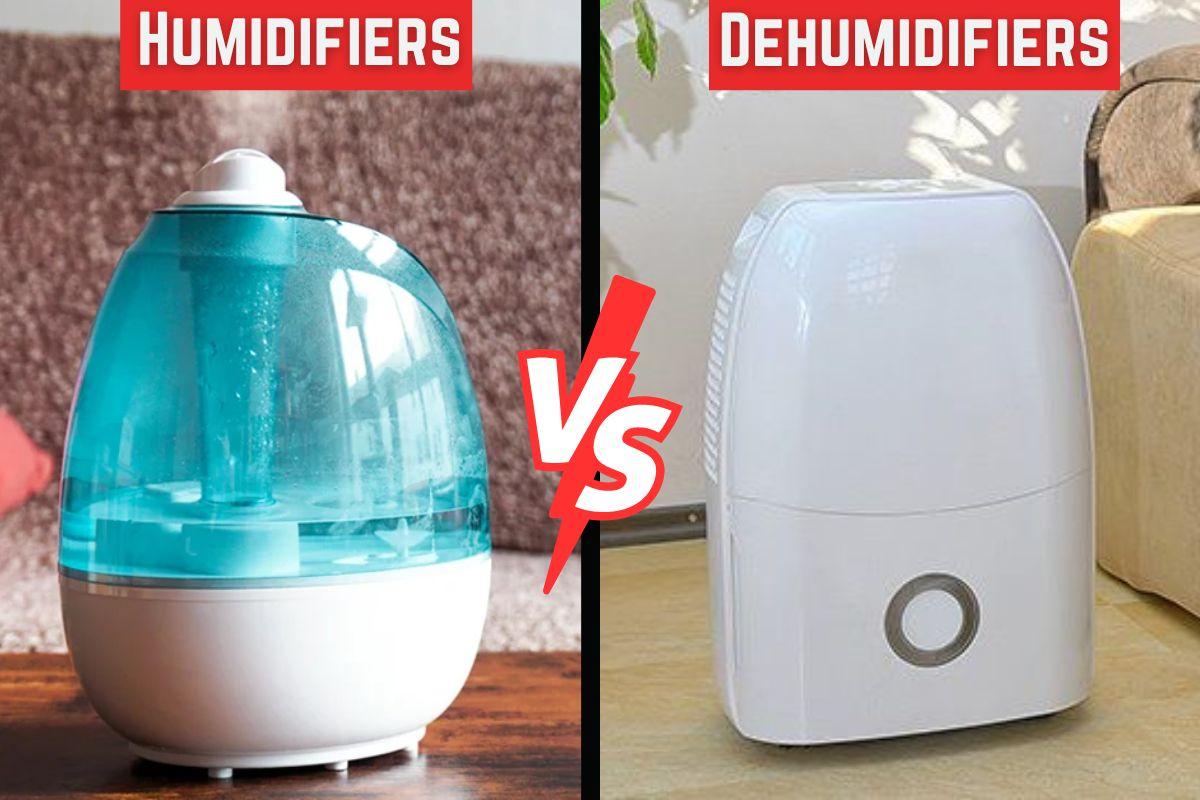






0 thoughts on “What Is The Difference Between An Alexa And Echo?”